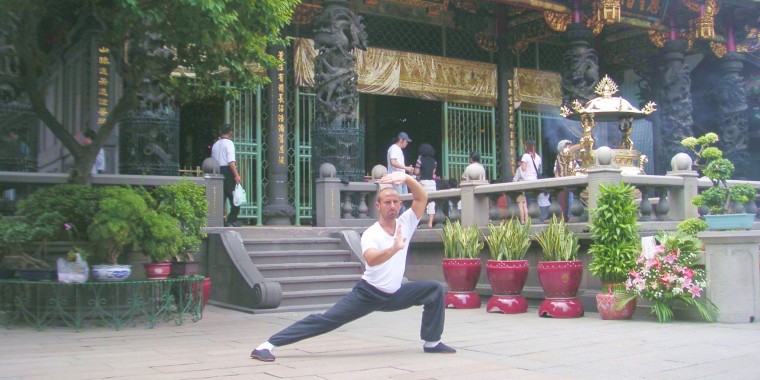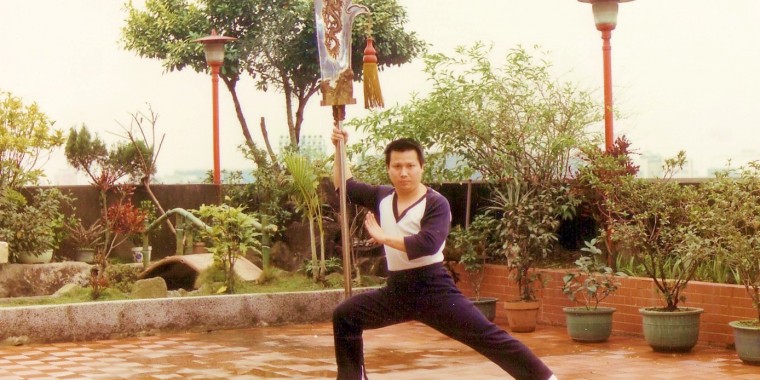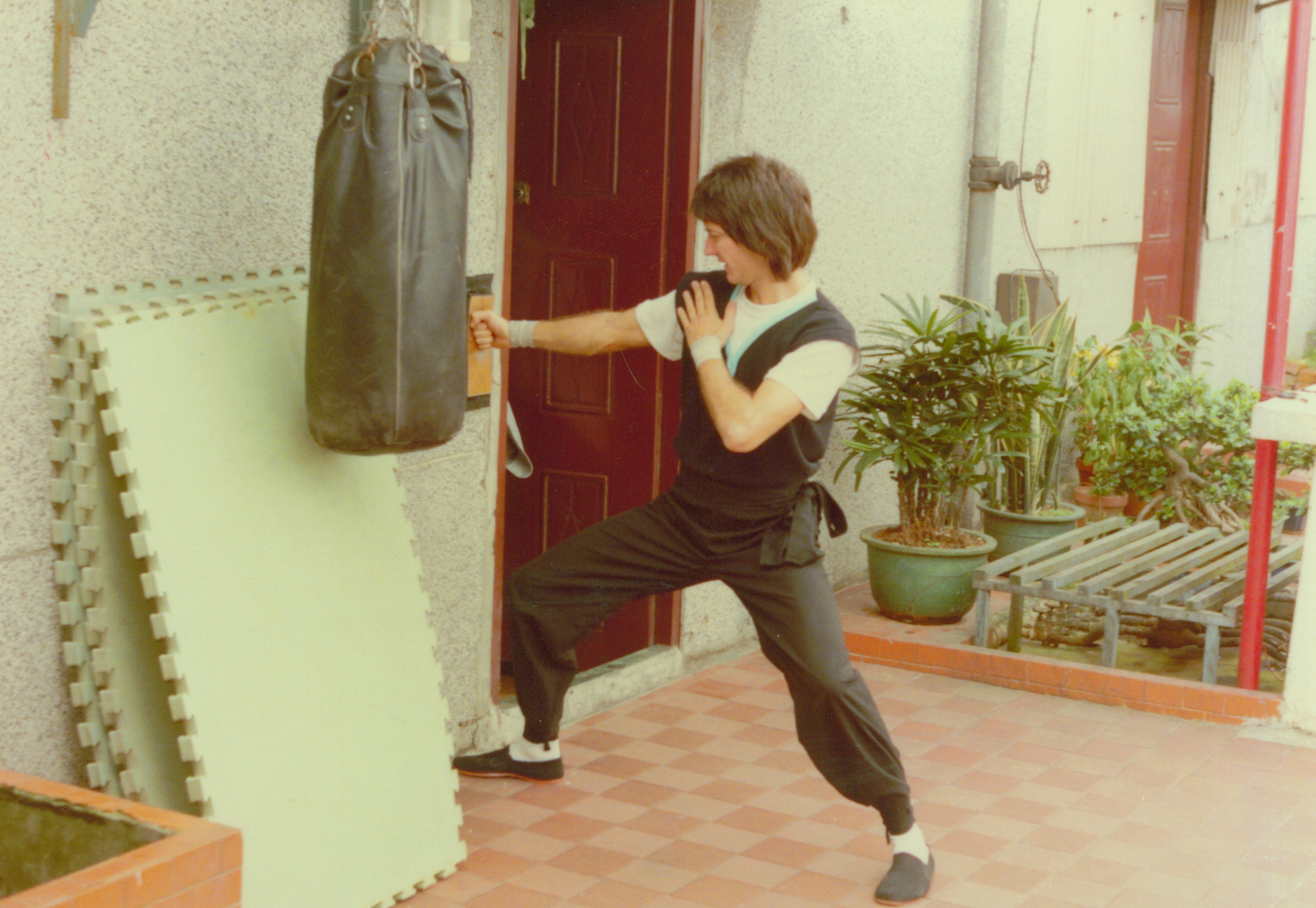Ultimate KUNG FU Practice
The only SECRET of the Ancient Masters
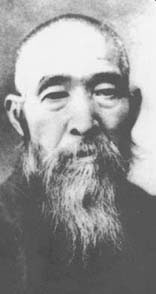 The famous last words of the legendary Sun Lu Tang sum up the only true “Secret” of Chinese kung fu. The story goes that as Master Sun lay on his death bed one of his students asked him the secret of kung fu, at which time Sun wrote a single Chinese character on his hand and then passed away, the word he wrote was “practice”. While the story may be fictitious the advice is true. It is only with the commitment of much time and energy that anything of value will be accomplished.
The famous last words of the legendary Sun Lu Tang sum up the only true “Secret” of Chinese kung fu. The story goes that as Master Sun lay on his death bed one of his students asked him the secret of kung fu, at which time Sun wrote a single Chinese character on his hand and then passed away, the word he wrote was “practice”. While the story may be fictitious the advice is true. It is only with the commitment of much time and energy that anything of value will be accomplished.
There is a saying in Chinese martial arts that outlines the three essential skills needed to achieve victory in battle. They are first Speed then Power and last Technique. From this you can see that speed is the most important followed by power and last superior technique. Many students may mistakenly place the emphasis on technique while lacking the speed and power to back up their skill. So it is essential to balance your training between these three areas in order to develop to the best of your ability.
A good training program will include various drills for hand speed, kicking speed and reaction time including blocking and grabbing speed. One basic but effective striking drill is:
- Hand Striking “Quan Fa” – This training should be done in three minute intervals with the first interval done at a moderate pace with light power, the next interval is done at a faster speed with more active footwork and defensive hand work (blocking / trapping), the third interval is done for power with very heavy striking. This training can be done with the sandbag, heavy bag, wooden dummy or with a partner holding the pads /mitts / shields.
You must also commit to a diligent force training program in order to have sufficient power behind your techniques. The heavy 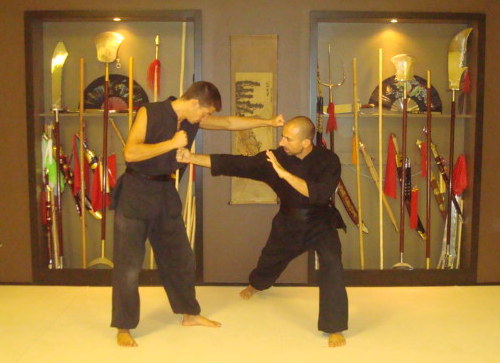 bag is a very effective tool in the development of powerful strikes and one of the most basic force training drills is the power punch.
bag is a very effective tool in the development of powerful strikes and one of the most basic force training drills is the power punch.
- Striking Power – stand facing the heavy bag and continually strike for one minute while putting your whole body into the strike. The same type of training can be performed on the sandbag or with a candle in an attempt to extinguish the flame or influence the way the flame flickers. Popular striking methods include the palm strike (iron palm, cutting palm, willow leaf palm) and punches (vertical punch, flat punch, drill punch)
In improving your skill in technique there is more than just form or “taolu” practice (commonly known as kata in Japanese). Some other training categories that refine your martial skill include: fighting forms, joint locks, Throws and Takedowns, Fast Wrestling, bridge hands, sparring or fatigue and stress drills.
- Fighting forms “Dui Da” – prearranged set of techniques done with a partner to work on speed, application and sense of distance, fighting forms may include kicking, hand strikes, locking, and throwing techniques.
- QinNa “Seize and Control” – Joint Locking, controlling and anti-grappling techniques that may be practiced in the sparring situation, as well as on the ground. QinNa techniques were designed to use against takedowns and grappling.
- Shuai Chiao “Chinese Wrestling” – sweeping, throwing and takedown methods, shuai chiao was designed to counter striking.
- Kuai Chiao “Fast Wrestling”– kuai chiao combines the kicking, striking, throwing and locking techniques to achieve very fast and effective takedowns and controlling methods. Kuai Chiao is trained by the Chinese police and military for its efficiency and effectiveness.
- Bridge Hands “Qiao Shou”– two person training patterns to build sensitivity, sticking and following ability of the hands and arms as well as conditioning. Similar training methods include Pan Shou “coiling hands”, Dui Lian “matching hands” and Tui Shou “pushing hands”.
- Sparring “San Da” – Controlled fighting with protective gear so that you may experience the feeling of a resisting opponent may include throwing and locking techniques in addition to kicking and striking.
- Forms “Taolu”– traditional forms may be practiced with wrist and ankle weights for added difficulty or you may execute the techniques on a target such as the heavy bag. You may also go through the form and apply the techniques on an opponent / training partner to train the usage and a sense of enemy.
- Fatigue and Stress drills – training done under abnormal conditions such as low light or after a fatigue drill such as sprints or push ups
If you continually push yourself (self-mastery) and adjust your training goals as you progress there is no limit to your growth and skill. Always strive for a balanced training program that includes speed, power and technique. There are no shortcuts or overnight experts, hard work and time are the key to success. The journey of Chinese martial arts has been traveled by countless students and Masters for millennia and will continue to offer the benefits of Health, Fighting ability and Mental Toughness to those who undergo the training in the traditional manner.
“Repetition is the Mother of all Skill”
The 3 Keys to Real Kung Fu Training
The 3 Keys to Real Kung Fu Training
Evaluating and Fixing Your Martial Arts Training Routine
Chinese Kung Fu is an engaging, challenging and demanding fighting style first documented over two thousand years ago. In order to gain proficiency in Chinese kung fu one must develop increased SPEED, POWER, TECHNIQUE (known as the three essential skills) as well as flexibility, balance, agility and stamina in addition to the mental characteristics of patience, perseverance and a strong will.
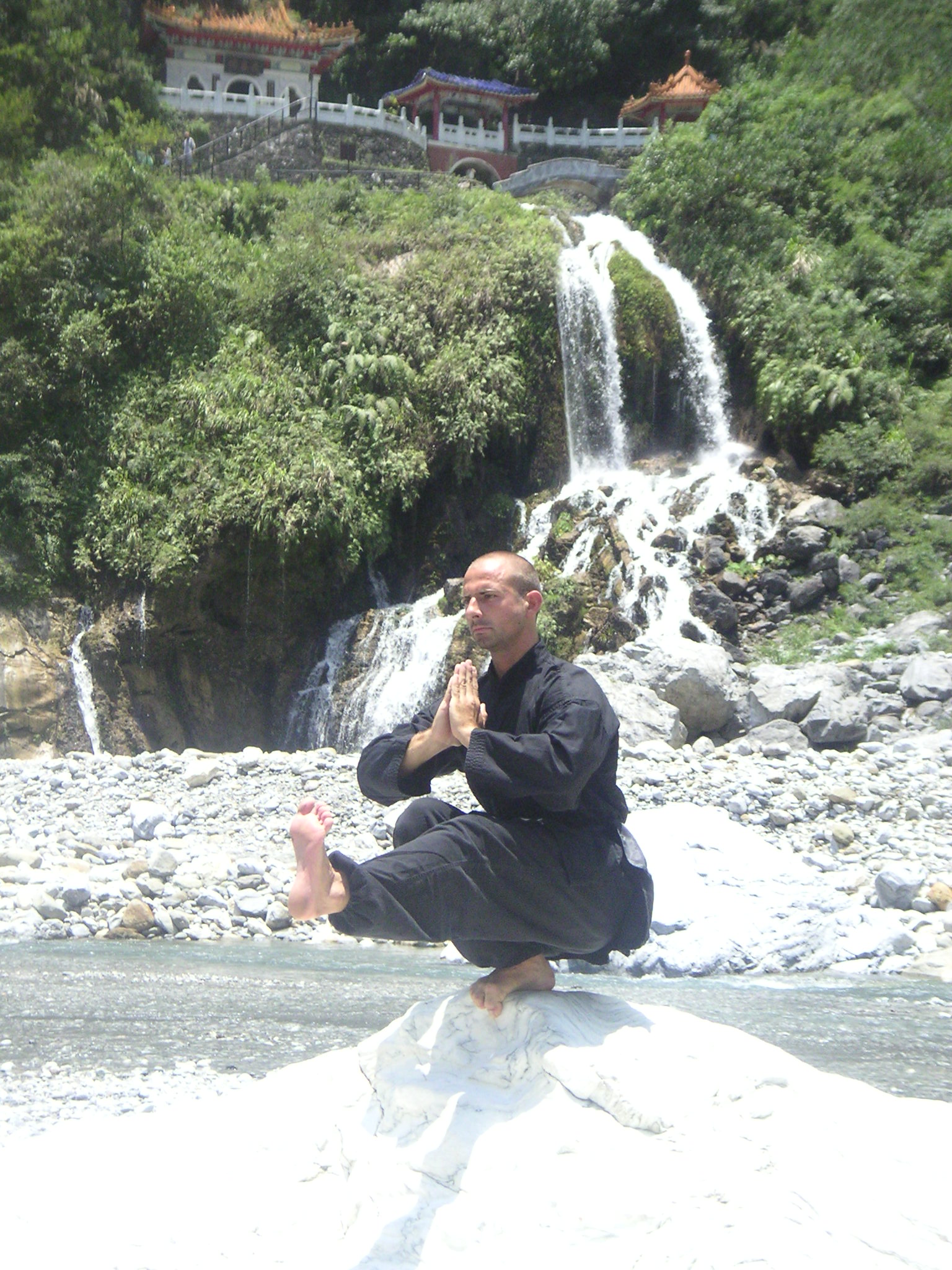 In the past kung fu was primarily used for fighting and defensive purposes but in modern times the practical application and usage can be diminished while the health and fitness side is emphasized. In order to increase the richness and benefits of your kung fu training you should try to include all the essential training aspects and keep in mind that every movement is rooted in an effective offensive or defensive fighting technique. You can achieve a balanced training routine by designing your practice to include skill development (technique), conditioning (speed and power) and internal training.
In the past kung fu was primarily used for fighting and defensive purposes but in modern times the practical application and usage can be diminished while the health and fitness side is emphasized. In order to increase the richness and benefits of your kung fu training you should try to include all the essential training aspects and keep in mind that every movement is rooted in an effective offensive or defensive fighting technique. You can achieve a balanced training routine by designing your practice to include skill development (technique), conditioning (speed and power) and internal training.
Skill development includes all the unique training methods for the particular kung fu style you are practicing. For example: empty hand and weapon routines, qinNa “joint-lock”, shaui chiao “takedowns”, fighting forms, partner practice such as “qiao shou” bridge hands, “tui shou” push hands, “pan shou” coiling hands and the like. Also included in the skill development part of your training are the fundamentals such as stance training, “tui fa” kicking techniques and “shou fa” hand striking methods which may be practiced in the air, on the heavy bag or with a partner.
The second aspect and traditionally the most important yet often neglected part of the training routine is conditioning. This includes strength training, flexibility, speed development and stamina building. Strength and power training can be achieved through targeted drills such as holding weights in the hands while punching and striking, performing isometric and dynamic strength drills with a partner or with the addition of weight training.
Flexibility is equally important in being able to properly execute techniques as well as in avoiding injuries. Flexibility can be increased through a dedicated effective stretching regimen or with the addition of Yoga practice. Flexibility and strength development must be balanced. Flexibility can be easily measured and if sufficient improvement is not achieved then the training program should be adjusted.
The third crucial aspect of training is speed development. Speed can be increased through timed and measured basic striking repetition
drills, partner reaction training and candle punching. The goal of this type of training is to increase reaction time and improve the speed of offensive and defensive movements.
Finally endurance and stamina are critical. Excellent ways of increasing your stamina are heavy bag work, sparring, and shuai chiao “Chinese wrestling” with a resisting partner. You may also further improve your kung fu training program with the addition of running or swimming.
Internal training is often considered the crown jewel of Chinese martial arts for its profound depth and universal benefits. Tai Chi Chuan (taijiquan ) is the most widely practiced martial art in the world due to its positive effect on health and wellbeing. Internal training includes seated meditation and breathing techniques, standing Chi Kung (qigong) as well as moving Chi Kung forms such as Tai Chi. Chi Kung has been shown to reduce stress, improve the immune system, reduce feelings of depression and increase mental clarity and focus.
A great way to improve the quality of your training is to record the contents of your practice routine and make adjustments for any deficiencies.



